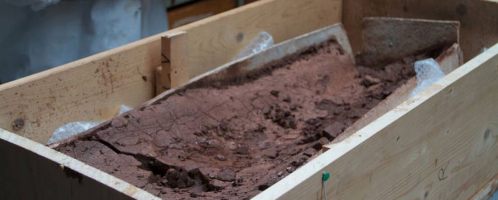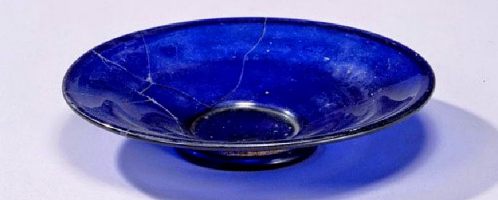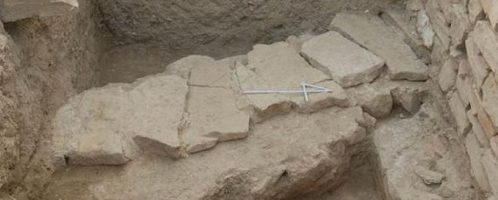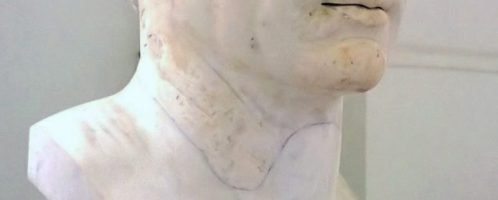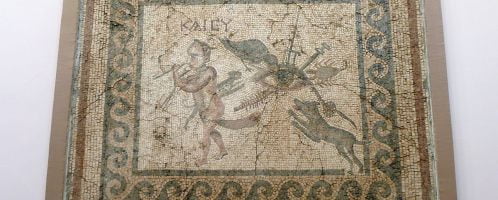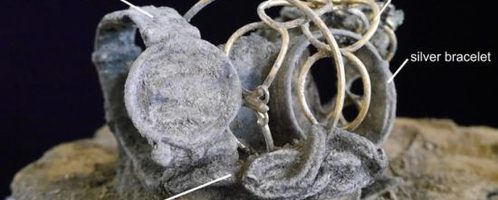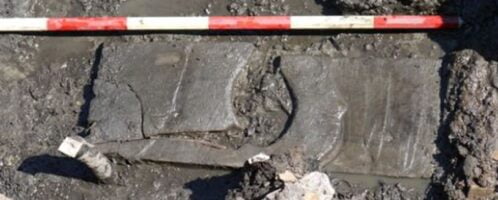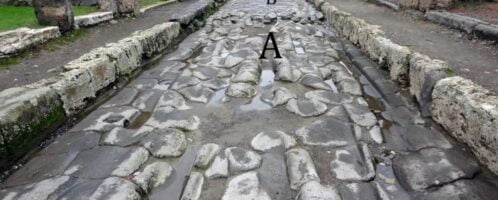Archaeologists revealed contents of 1600-year-old Roman child’s coffin
In 2013, an important find in England was the body of a Roman girl, discovered in the English province of Leicestershire. In 2015, scientists revealed the details of the find and, they say, the discovery is so amazing that it is rare to find a child’s grave with preserved remains.

